HIGHLIGHTS
PROGRAM UPDATES
WoodWorks Showcases U.S.’s First 6-Over-2 Podium Project Low Carbon and Mass Timber Among Top Findings of Think Wood Trends Survey The AWC Preserves Important WUI Fire Test AWC’s Support Results in Project Savings, Continued Use of Wood Think Wood Lead Nurturing Increases Volume and Rate of Project ConversionsINDUSTRY NEWS
SFPA Announces Leadership Change Medium-Sized Metro Markets Poised for Growth in 2021 More Time at Home Meant More Desire to Remodel in 2020 Multifamily Segment Proves Resilient EU Publication Builds Case for Mainstreaming Wood Buildings Carbon Finance Finally Poised for Exponential Growth New Insurance Product Tailored to Mass Timber Construction Hits North American Market Spanish Institute Launches Online Degree in Mass Timber DesignProgram Updates
WoodWorks Showcases U.S.’s First 6-Over-2 Podium Project
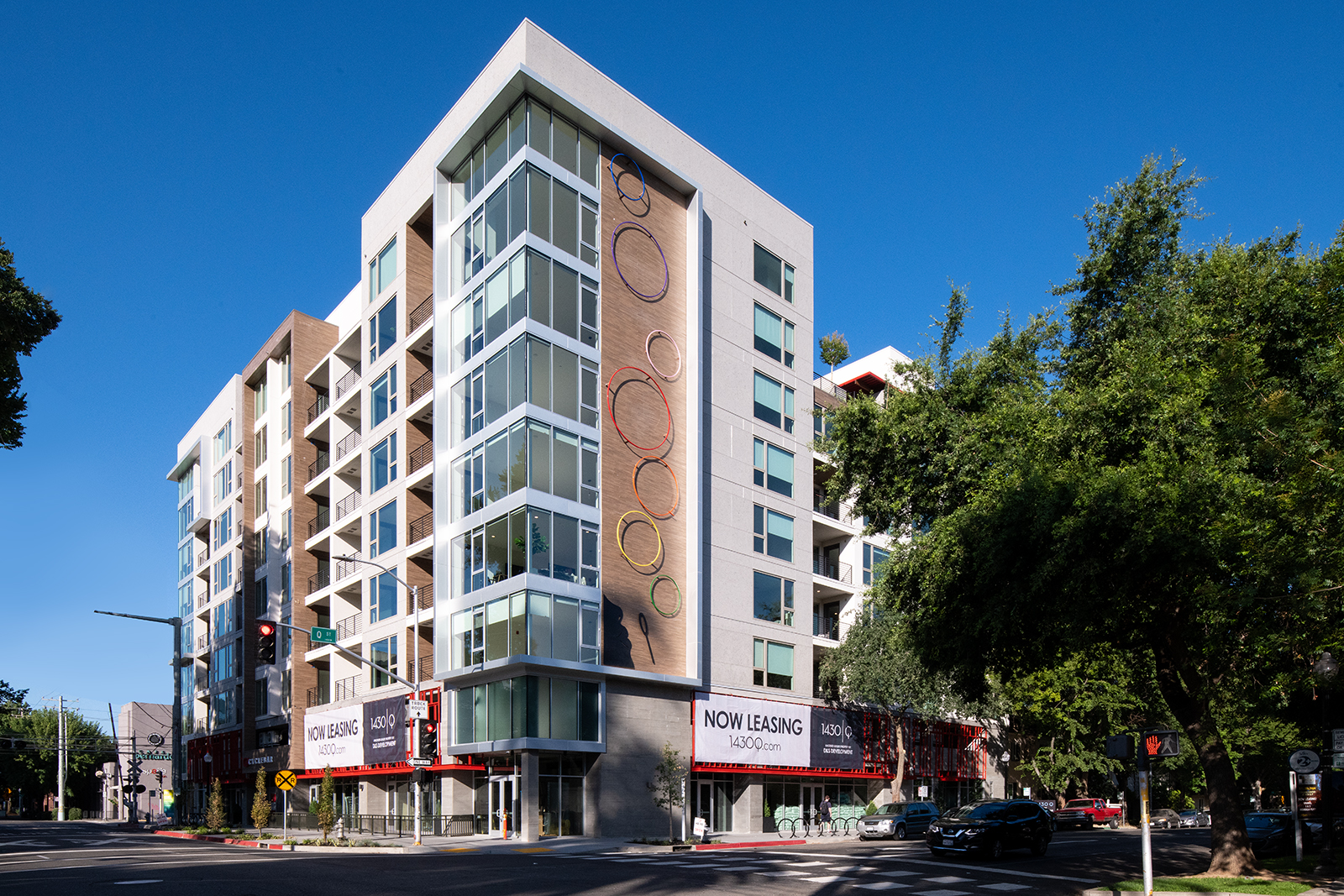
Five-story wood-frame buildings are increasingly common across the United States as a growing number of building designers turn to wood to cost-effectively and sustainably increase density. With support from WoodWorks, a developer in Sacramento, California, has upped the ante by completing the country’s first six-story, light wood-frame structure and wood mezzanine over a two-level concrete podium. WoodWorks has documented this project in its latest case study in the hopes of inspiring and educating other design and construction professionals to consider similar wood solutions.
Download your copy of the project case study here.
Low Carbon and Mass Timber Among Top Findings of Think Wood Trends Survey

Think Wood’s latest survey on timber trends has revealed the top five topics that specifiers and designers want to explore in 2021, as well as their predictions on which trends are most likely to shape the market this year. Carbon, mass timber, prefab, and hybrid building showed up prominently on both lists, signaling alignment between industry trends and desired professional development.
“[The pandemic] has shown that we must build a much more sustainable and resilient society, and that includes architecture and building construction.”
The survey also asked which types of projects people anticipated working on in 2021. Multifamily, commercial, single-family, and mass timber construction all performed well, while the number of respondents who anticipate working on tall wood projects registered on par with those who anticipate working on healthcare projects (18% of respondents).

“I am now focusing exclusively on prefabricated, hybrid residential design and construction solutions that prioritize energy efficiency, low-carbon footprints, and occupant health and well-being.”
In questions about the pandemic’s influence on current and future work, approximately 40% of respondents indicated that the impact of the pandemic on their business “remains to be seen”; 38% reported a negative impact on their current work; and 33% reported a negative impact on their planned work. In contrast, only 6% reported experiencing a positive impact on planned and future work, and 21% reported no impact on current or planned work.

Think Wood conducted the survey January 11-18 and collected 775 responses, 84% of which came from people in its database.
To read the full Timber Trends Overview, click here.
The AWC Preserves Important WUI Fire Test
In a recent ASTM committee meeting, the American Wood Council (AWC) supported keeping ASTM E2632, the method of evaluating the fire performance of a deck, unchanged. The proposed revisions would have immediately expanded ASTM E2632 to test the entire deck assembly, including boards and joists, as part of an enlarged test specimen and potentially jeopardized the acceptance of currently recognized decking materials. The current test is used to demonstrate the acceptance of certain wood decking surface materials in California wildland-urban interface (WUI) areas. The Committee voted to write a new standard for the purpose of evaluating the fire performance of the deck assembly and the AWC will participate in the development of the new standard.
AWC’s Support Result in Project Savings, Continued Use of Wood
The AWC recently provided technical information and resources to a California engineer and the City of Phoenix, Arizona, which helped ensure the continued use of wood products.
The lead engineer for a multifamily project in Contra Costa County, California, asked the AWC for help in establishing the proper method of determining whether an exterior wall should be classified as bearing or non-load bearing. The AWC provided a letter to the county outlining the intent of the code requirement and provided the plan reviewer with a code-compliant basis for accepting the design. In accurately determining the exterior wall as non-load bearing, the lead engineer could reduce the exterior wall protection from a required two-hour fire-resistive rating to a non-rated exterior wall, resulting in considerable costs savings.
Additionally, the AWC assisted the City of Phoenix in its effort to create an acceptance-criteria and evaluation report for impervious moisture barriers, which protect exterior wood deck ledgers. This is an important program to ensure the safety of decks and balconies and support the continued use of wood in these systems.
Think Wood Lead Nurturing Increases Volume and Rate of Project Conversions
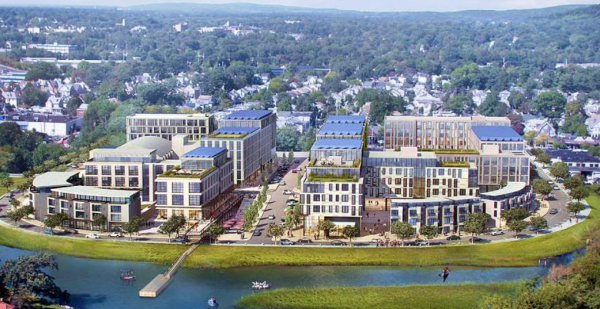
Think Wood generated 10 new projects in 2020, totaling an estimated 1.86 million of square footage. Conversion of Think Wood’s sales qualified leads (SQLs) into active projects grew more than 100% year-over-year, since implementing a strategic lead nurture and lead scoring program.
The 700,000-square-foot multifamily Pratt Landing project is a prime example of Think Wood’s lead conversion process. Over 14 months, Think Wood regularly sent marketing emails to the project architect covering such diverse topics as timber trends, webinars, and the new ThinkWood.com launch. The architect ultimately requested project support and was transferred to WoodWorks, which converted the lead into an active project.
As Think Wood’s lead nurturing and lead scoring program has matured, it has honed in on two key metrics: leads to WoodWorks that convert to active projects; and touchpoint projects where Think Wood co-nurtured and contributed to market value, but was not the source of the lead. For example, a Cooper Carry architect, who designed a 400,000-square-foot multifamily project, was both an existing contact of WoodWorks and a Think Wood lead as she had taken a Think Wood CEU.
In 2020, Think Wood also provided education or referrals to an additional 32 projects (construction begun), up 28% year-over-year.
Industry News
SFPA Announces Leadership Change
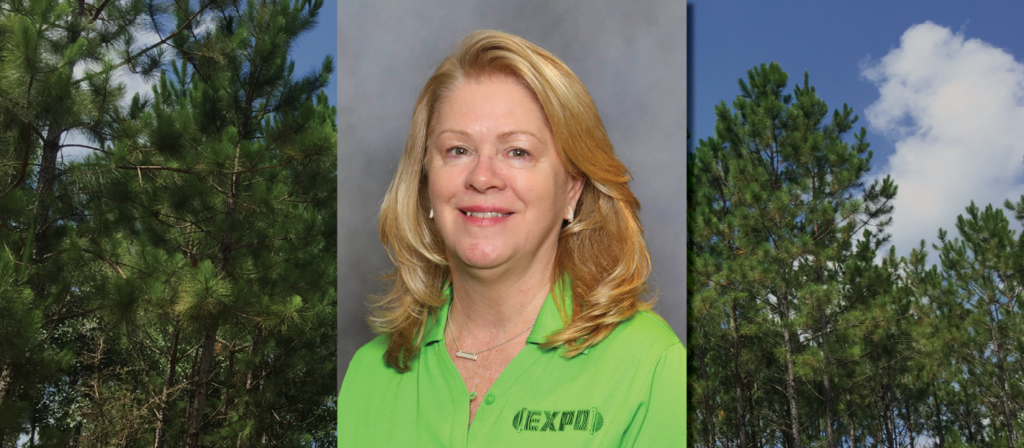
The Southern Forest Products Association (SFPA) announced that its executive director, Tami Kessler, will retire on April 2, following a nearly 45-year career of serving the southern pine industry. Tami joined SFPA in the mid-1970s and rose through its ranks to become exposition director in 2002, SFPA secretary and director of administration, and executive director in 2014. To support a seamless transition, the SFPA’s Eric Gee assumed the role of executive director on February 1, 2021.
The SLB joins the SFPA’s board and other association partners in congratulating Tami on her distinguished career. Under Tami’s leadership, the SFPA has been an incredible partner to the SLB and the development of its Association Partnership Program. The SLB looks forward to continuing this important work under Eric’s leadership and to finding new ways to align and support each organization’s mission and programs.
Read more here.
Medium-Sized Metro Markets Poised for Growth in 2021
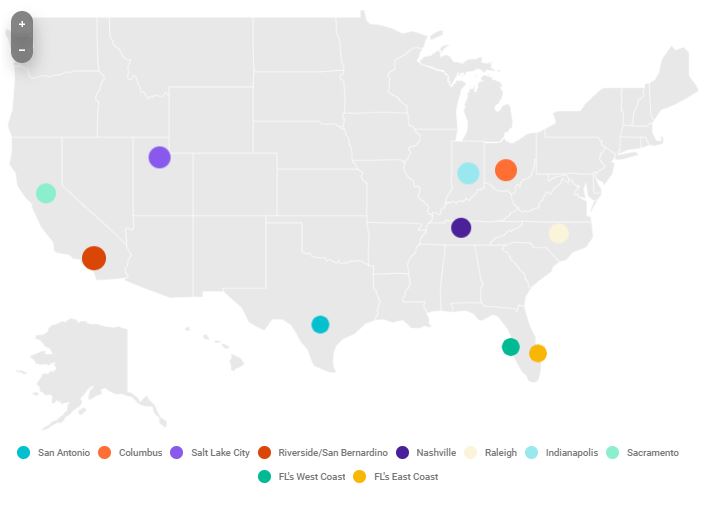
Builder magazine recently published a list of 10 medium-sized metropolitan markets to watch in 2021. The list names Salt Lake City, Utah; Nashville, Tennessee; Raleigh, North Carolina; Sacramento and Riverside/San Bernardino, California; Florida’s east and west coasts; San Antonio, Texas; Indianapolis, Indiana; and Columbus, Ohio.
Builder made its list based on the expectation that work-from-home will persist for the foreseeable future, coupled with individual markets’ housing trends, economic health, existing infrastructure, and connectivity – all of which are precursors for growth. While each of these markets fared well in 2020, Builder predicates that they will continue to grow and add momentum in 2021.
Read more here.
More Time at Home Meant More Desire to Remodel in 2020
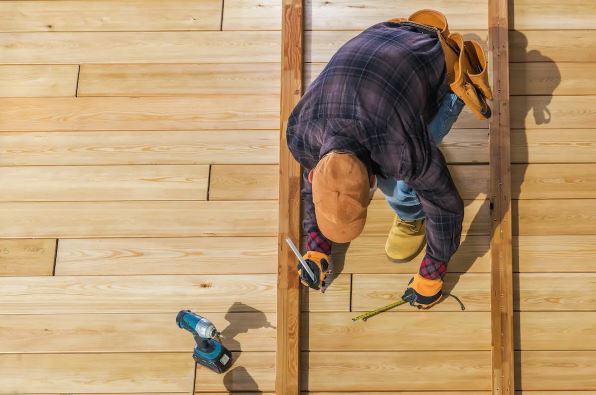
Home Innovation Research Labs has published the results of its 2020 Consumer Practices Survey, which sampled more than 110,000 U.S. and Canadian households to understand their home and property improvement and repair spending and projects during the year. As expected, the pandemic had a dramatic impact, with remodeling projects increasing across all categories from a few percentage points to more than 20 percentage points compared with 2019. Outdoor living structures and accessories, exterior and interior doors, and fireplaces and stoves saw the biggest jumps, at 19% or higher each. The next tier of performers – ranging from 9 to 15% year-over-year increases – covered improvements to home exteriors, interior functionality, and comfort.
Read more about the survey results here.
Multifamily Segment Proves Resilient
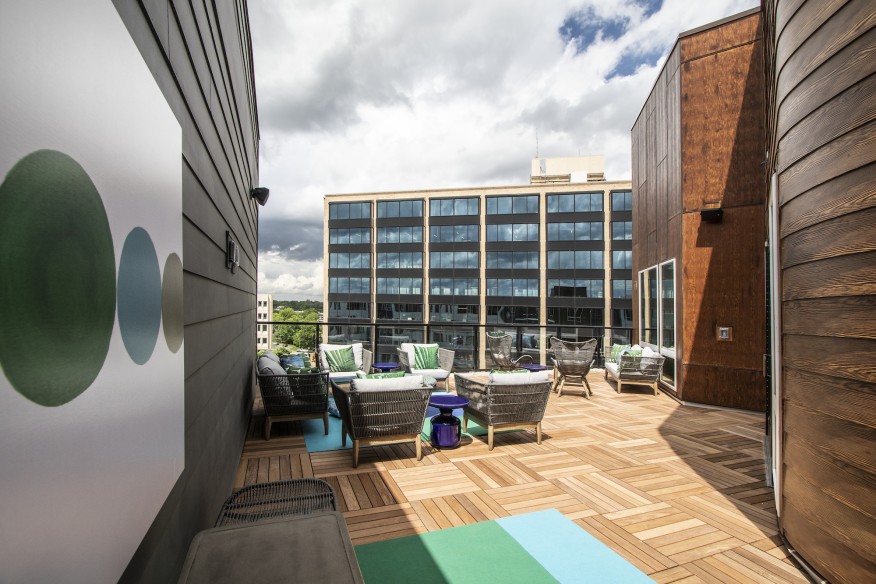
Despite a hard and fast stop to nearly all activity in the second quarter, the multifamily sector generally rebounded in the second half of 2020, buoyed by stable rents, strong capital markets, and steady demand. The segment’s attractiveness to capital markets comes in part at the cost of other segments, as hotel, office, and retail markets all suffer intense drops in interest because of the pandemic.
As with single-family housing, analysts see significant amounts of pent-up demand for quality multifamily housing, particularly outside of large urban cores. In general, these factors combine to offer a positive outlook for the sector in 2021.
Read more here.
EU Publication Builds Case for Mainstreaming Wood Buildings
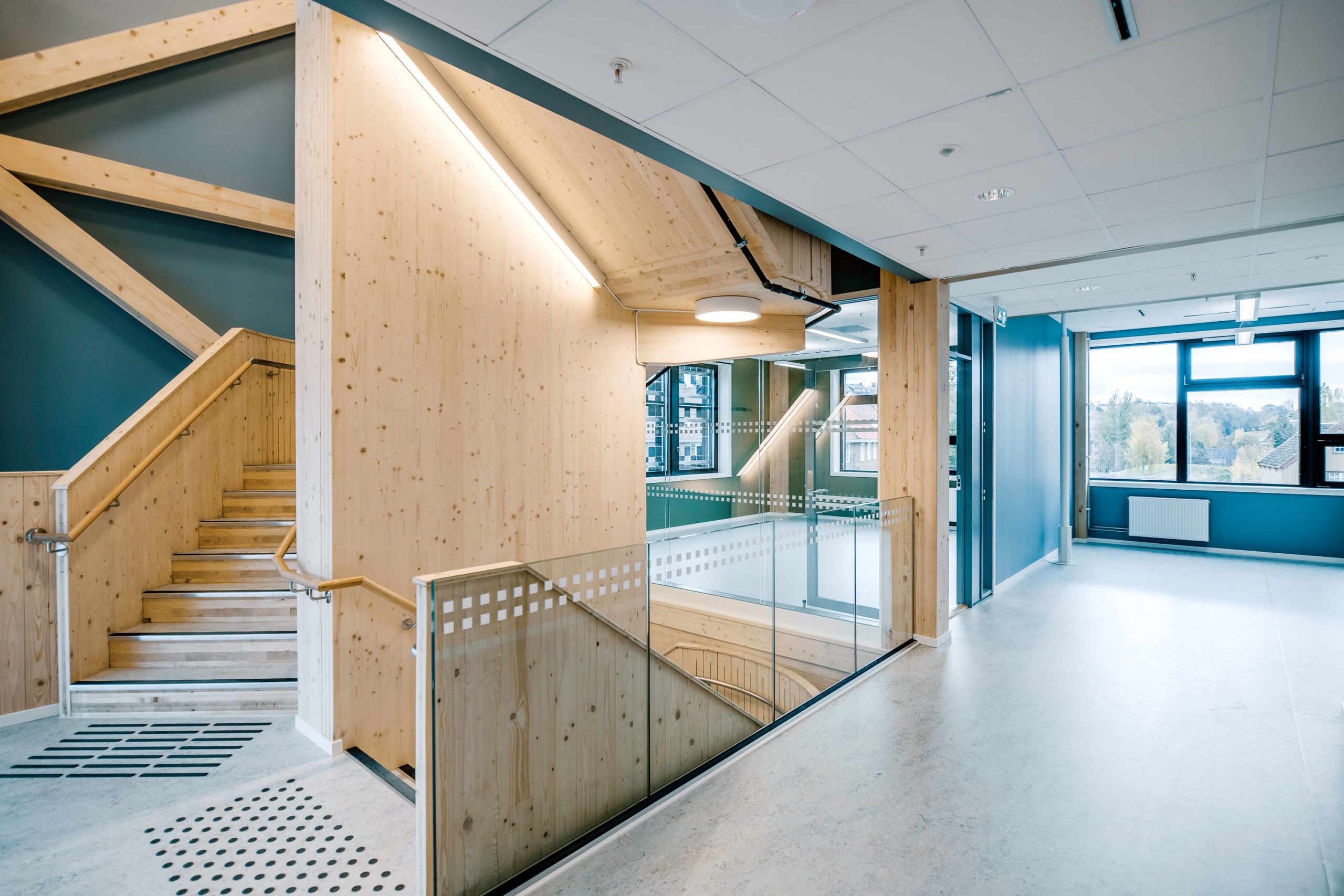
Wooden components such as beams, floors, ceilings, and cladding in buildings can help increase the amount of carbon stored in the structure.
Horizon, the European Union’s research and innovation magazine, recently covered how mass timber and wood building construction can help meet global housing demand while also creating a much-needed solution to the climate change crisis. Citing research that was funded by the EU, the article notes that nearly 230 billion square meters of new housing construction will be needed over the next 40 years. If the percentage of wooden buildings in Europe alone increased from its current 10% in 2020 to 80% by 2040 and these buildings incorporated more wood, then more than 420 million tons of carbon could be stored in the process.
The article notes the urgent need to industrialize the wood products industry to enable it to become the norm in construction, including standardizing production of materials such as cross laminated timber and updating building codes, many of which were adopted before timber became a high-tech, engineered product.
Read more here.
Carbon Finance Finally Poised for Exponential Growth

According to experts at the IDH Sustainable Trade Initiative, a Dutch public-private partnership specializing in sustainable international supply chains, voluntary carbon trading is ready to go mainstream after roughly 15 years of model development, pilot testing, and learning. The international climate finance market is expected to reach upward of $640 billion in 2021, with big-name firms such as Walmart, Amazon, Nestlé, Alibaba, and Mahindra Group pledging to cut emissions and invest in nature as a carbon sink.
Carbon trading allows companies to buy or exchange carbon credits, which finance the removal of greenhouse gases from the atmosphere (e.g., through forests). Companies that reduce their emissions or remove carbon from the atmosphere (or both) can then sell or trade their unused credits. IDH Sustainable Trade Initiative estimates that demand for forest carbon offsets may outstrip supply by 2025, driving prices up and potentially resulting in offset values worth $125 billion to $150 billion a year by 2050.
Read more here.
New Insurance Product Tailored to Mass Timber Construction Hits North American Market
Insurance firm AXA XL’s North American Construction unit now offers an insurance option tailored for mass timber construction and risks in North America. Costly insurance premiums have been a barrier to mass timber’s uptake, particularly in tall buildings. AXA XL’s Builders Risk insurance programs will offer coverage to contractors who are experienced in mass timber and committed to using the latest technology as part of their risk management approach.
In a press release, Gary Kaplan, president of North American Construction, said, “Mass timber is environmentally friendly and as a renewable resource has a smaller carbon footprint. . . . Addressing this insurance challenge for our clients certainly also aligns with AXA XL’s corporate social responsibility efforts to reduce our own carbon footprint and support those organizations who are looking to do the same.”
Read more here.
Spanish Institute Launches Online Degree in Mass Timber Design

The Institute for Advanced Architecture of Catalonia (IAAC) is launching an online master’s degree program in mass timber design (MMTD) soon to educate a new generation of building professionals on all aspects of mass timber design. As the only renewable primary building material, timber is uniquely positioned to help optimize embodied carbon emissions in the built environment and contribute to substantial reductions in the sector’s share of greenhouse gas emissions.
Read more about the rationale for building with mass timber here.
Insights on the Competition
CMU Checkoff Proponents Continue to Cite Success of the SLB
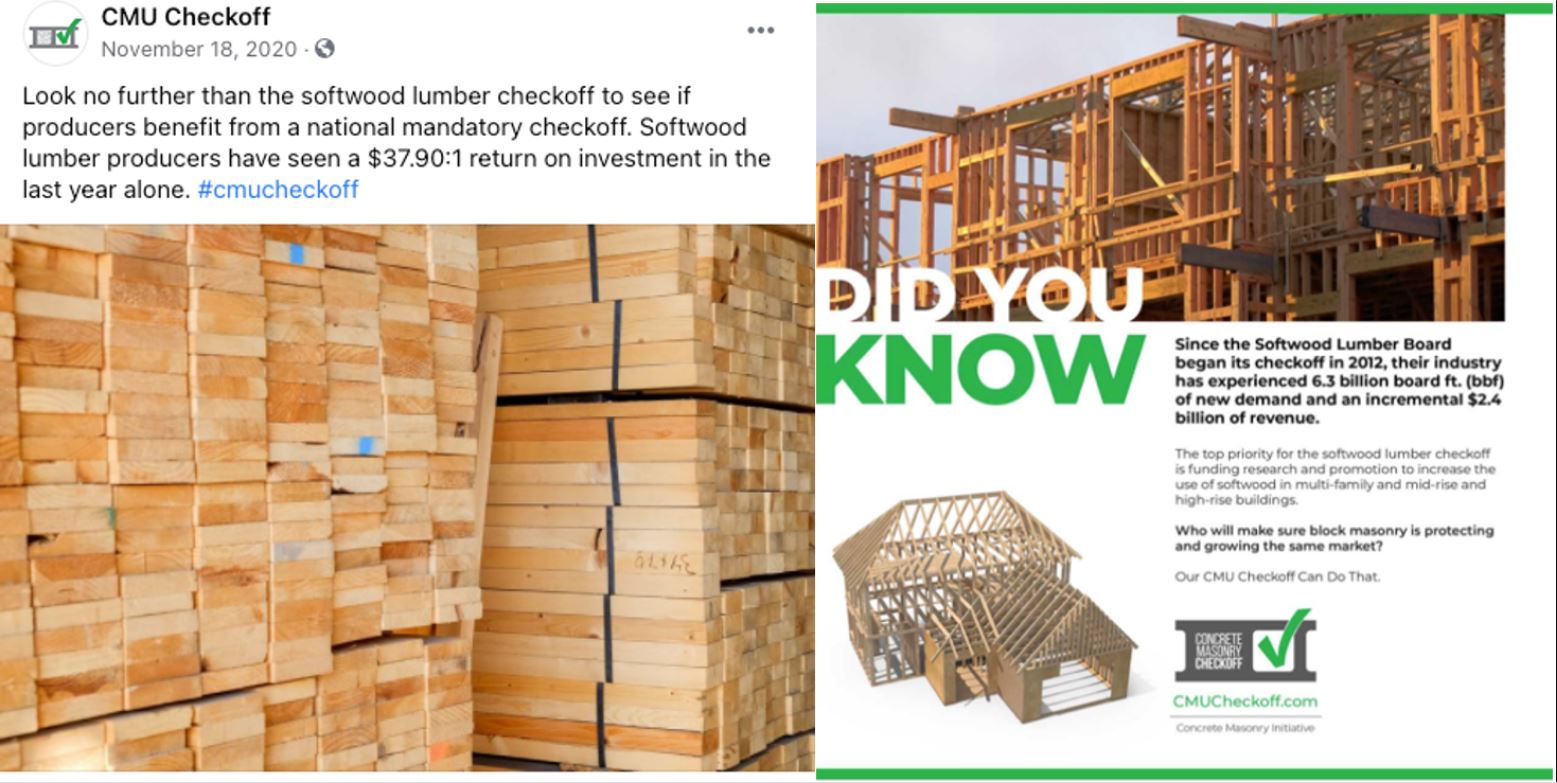
The Concrete Masonry (CMU) Checkoff proponents continue to look to the SLB as a model for mobilizing and unifying an industry in support of a checkoff’s mission. View other social media posts from their recently created Facebook Profile here.
Starbucks Builds Energy-Efficient, Modular Location in Only Six Days Using Nexiite
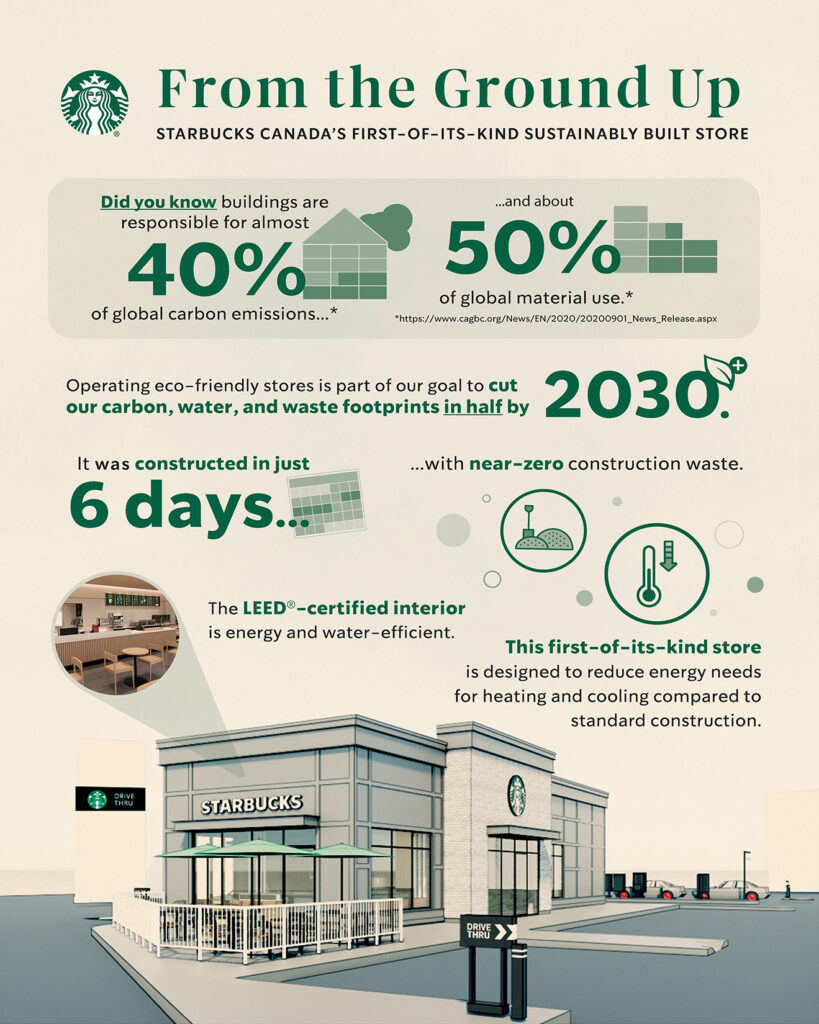
Starbucks recently built an energy-efficient, modular store in Abbotsford, British Columbia, in just six days near-zero construction waste. The building was designed, manufactured, and constructed by Vancouver-based Nexii Building Solutions, and prominently features its product – Nexiite. Nexiite, a proprietary mixture formed into engineered panels of sealed layers of cement and insulating material, is available for use as walls, ceilings, doors, windows, and other applications. Nexiite’s offsite fabrication minimizes thermal bridging, offering an important benefit for new buildings.
Nexii recently released plans for its first U.S. production facility, located in Hazleton, Pennsylvania, When fully operational, the plant will produce more than 8 million square feet of building panels a year, servicing northeastern U.S. markets.
Read more about the Starbucks project here and Nexiite here.
Industry Resources
FEA's Housing Dashboard
This housing dashboard is provided compliments of Forest Economic Advisors (FEA):
View the January Dashboard
View the February Dashboard
Virginia Tech’s Monthly Housing Report
This monthly housing commentary report is a free service of Virginia Tech and is intended to help one gauge future business activity in the U.S. housing market.
December 2020 Reports (released in February 2021)
Part A: December Housing Commentary
Part B: December Economic Conditions


